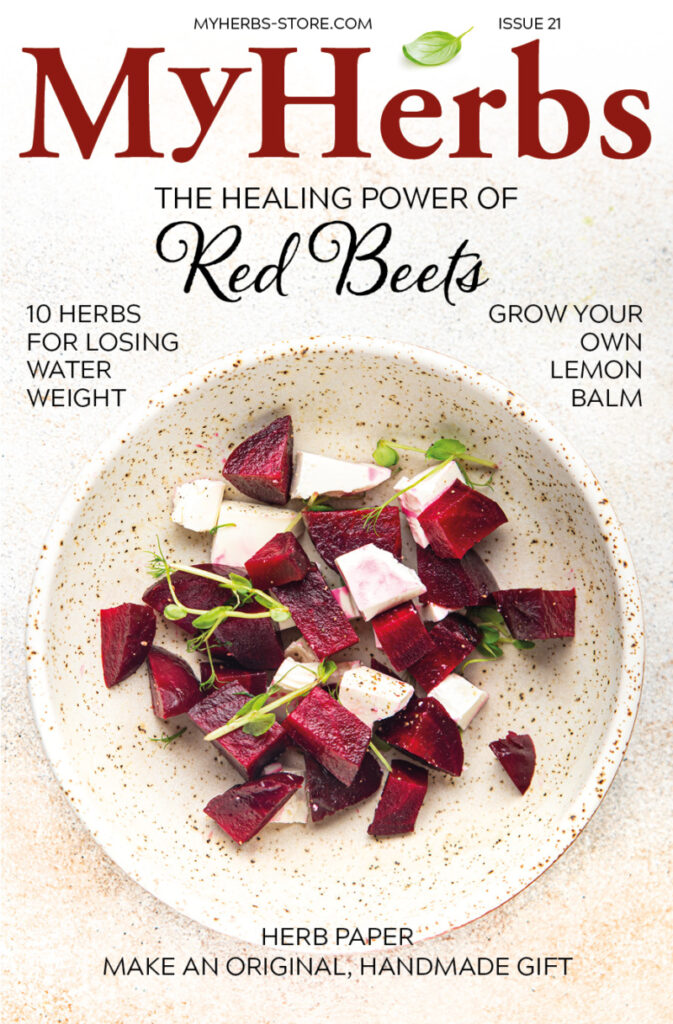Diseases of the lower-limb circulatory system are some of the most widespread health complications globally. Bulging of the blood vessel walls often comes from genes; it is caused by collagen-formation issues, but also by a lack of exercise, prolonged periods of standing or sitting, by pregnancy, contraception or smoking. How can we protect ourselves?
The first symptom tends to be a feeling of sore and heavy legs. One may also experience a pins and needles sensation, swelling or visibly swollen veins. Healthy veins have valves that enable blood flow in only one direction, preventing the blood from going in the opposite direction. If these valves do not close completely or are weak, the blood may accumulate and return. Blood flow is reduced and varicose veins form.
The illness takes a long time to set in, and the longer it progresses, the more vein valves fail. Untreated varicose veins can even lead to surface-level vein inflammation or varicose ulcers.
EFFECTIVE PREVENTION
The best way to prevent diseases of the lower limbs is to avoid risk factors, to exercise more and to adjust one’s lifestyle. What can also help are so-called vein gymnastics (showering the limbs alternately with warm and cold water) or using dietary supplements that strengthen the connective collagen tissue.
It is especially important to maintain collagen and vitamin C levels. Collagen represents about 30 percent of all body proteins and is a natural component of the musculoskeletal system and the walls of veins, and ensures that the tissue is both strong and flexible. Vitamin C enables collagen formation, which aids proper blood-vessel functioning and prevents cells from oxidative wearing.
An important aspect of treatment is exercise. A form of exercise with little muscle stress is advisable, such as swimming, brisk walking or cycling. If you have to stand all day, try walking on the spot or doing a couple of squats or small jumps.
HERBS FOR HEALTHY LEGS
Grapevine – a strong antioxidant that contributes to proper functioning of the cardiovascular system. You can also try fresh vine leaves – they can be also used in the making of compressions. Hammer the leaf out or crush it and put it on the affected area. Attach it with gauze and leave it to work.
The leaves have become popular because they contain polyphenols, which are compounds that nurture cell walls and ensure the blood circulates properly. They keep the heart healthy and lower the permeability of capillaries, which leads to fewer swellings. They can also help relieve the sensation of heavy and tired legs. The leaves are strong antioxidants.
Gingko – fortifies the circulatory system, microcirculation and the peripheral circulatory system (eyes, ears, brain function)
Laurel – enhances healing processes, has anti-inflammatory effects and supports the functioning of the circulatory system.
Sea-buckthorn – a strong antioxidant that improves proper cardiovascular system functioning, replenishes energy and alleviates tiredness.
Common Horsetail – an antioxidant that ensures a healthy functioning of the cardiovascular system, and increases its flexibility.
Japanese Pagoda Tree – contains rutin, which is a natural glycoside of the flavonoid group, sometimes named vitamin P.
Nettle – improves cardiovascular functioning and the working of the blood vessels, alleviates the “heavy legs” sensation, and is also anti-inflammatory.
(Taken from My Herbs Issue 13)


